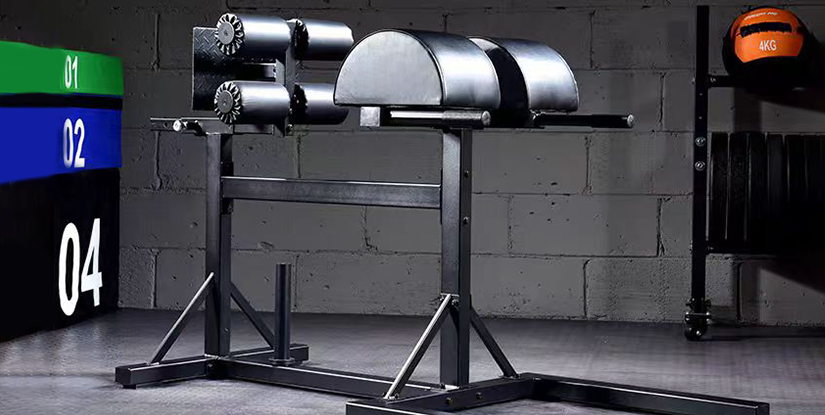Reverse Lat Pulldown: Technique, Benefits & Variations

Reverse Lat Pulldown: Technique and Benefits
The reverse lat pulldown is a practical variation of the traditional lat pulldown that shifts emphasis to the lower lats, biceps, and mid-back while promoting improved scapular control. This guide is written in a 专业 tone and focuses on safe setup, precise technique, programming recommendations, and common errors to avoid.
Muscles Targeted
- Primary: latissimus dorsi (lower fibers)
- Secondary: biceps brachii, rhomboids, trapezius (middle), posterior deltoids
- Stabilizers: rotator cuff muscles, core and grip muscles
Equipment and Setup
You will need a high-pulley lat pulldown station and a straight bar or V-bar attachment. Use a bench or seat with thigh pads to secure the pelvis. Adjust the pad so your legs are held comfortably but firmly. Grip should be supinated (palms facing you) for the reverse variation.
Step-by-Step Execution
- Start seated with feet flat, knees under the pad, spine neutral and chest up.
- Reach up and grasp the bar with a shoulder-width, underhand (supinated) grip.
- Initiate the movement by retracting the scapula and pulling the elbows down toward your ribs—imagine pulling your elbows into your back pockets.
- Pull the bar to the upper chest or clavicular region in a controlled arc; avoid pulling behind the neck.
- Pause briefly at peak contraction, focusing on lower lat engagement, then return the bar slowly to full arm extension under control.
- Maintain a slight lean back (10–15 degrees) but avoid excessive torso swing. Breathe out while pulling and inhale on the return.
Programming and Progression
Integrate reverse lat pulldowns 1–3 times per week depending on volume needs. For hypertrophy aim for 8–12 reps, 3–4 sets with 60–90 seconds rest. For strength focus on 4–6 reps with heavier load and longer rest. Use progressive overload via incremental weight, increased sets, or improved tempo. Pair with horizontal row variations for balanced back development.
Variations and Modifications
- Close-grip reverse pulldown: narrows elbow path and increases biceps recruitment.
- Neutral/V-bar pulldown with reverse grip: reduced wrist strain and different lat angle.
- Single-arm pulldown: addresses unilateral imbalances and increases core demand.
- Light tempo sets (3-0-2): emphasize time under tension for hypertrophy.
Common Mistakes and Fixes
- Using body swing: reduce momentum by lowering weight and bracing the core.
- Pulling behind the neck: risk to the shoulder—always pull to the chest area.
- Elbow flare: keep elbows tracking down and slightly in toward the torso to maximize lat engagement.
- Overgripping: use a comfortable grip pressure to avoid forearm fatigue limiting the set.
Safety and Maintenance
Warm up the shoulders and scapular retractors before performing heavy sets. Monitor for discomfort in the anterior shoulder—if present, switch to a neutral grip or reduce range of motion. Regularly inspect cables, pulleys, and the bar for wear. Maintain controlled tempo and avoid locking the elbows aggressively at the top of the return.
When to Use the Reverse Lat Pulldown
Use this variation to emphasize lower lat development, improve the mind-muscle connection for vertical pulling, or when elbow involvement is desirable. It complements chin-ups and traditional pulldowns for a comprehensive pulling strategy.
FAQs
- Q: Is reverse pulldown better than traditional? A: It emphasizes lower lats and biceps more but both have value.
- Q: Can beginners perform it? A: Yes; start light to learn scapular control and range.
- Q: How often should I train it? A: 1–3 times weekly depending on overall volume.
- Q: Is grip width important? A: Yes; shoulder-width targets lats evenly, narrow increases biceps.
- Q: Should I pull behind the neck? A: No, pull to the chest to reduce shoulder risk.
- Q: How many sets/reps work best? A: Hypertrophy 3–4x8–12; strength 3–5x4–6.
- Q: What if my biceps fatigue first? A: Reduce weight, focus on initiating with the lats.
- Q: Any mobility requirements? A: Good shoulder ROM and scapular control improve safety.
- Q: Alternatives if no machine? A: Use resistance bands or perform inverted rows/chin-ups.

